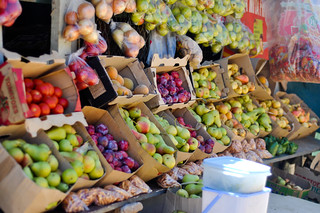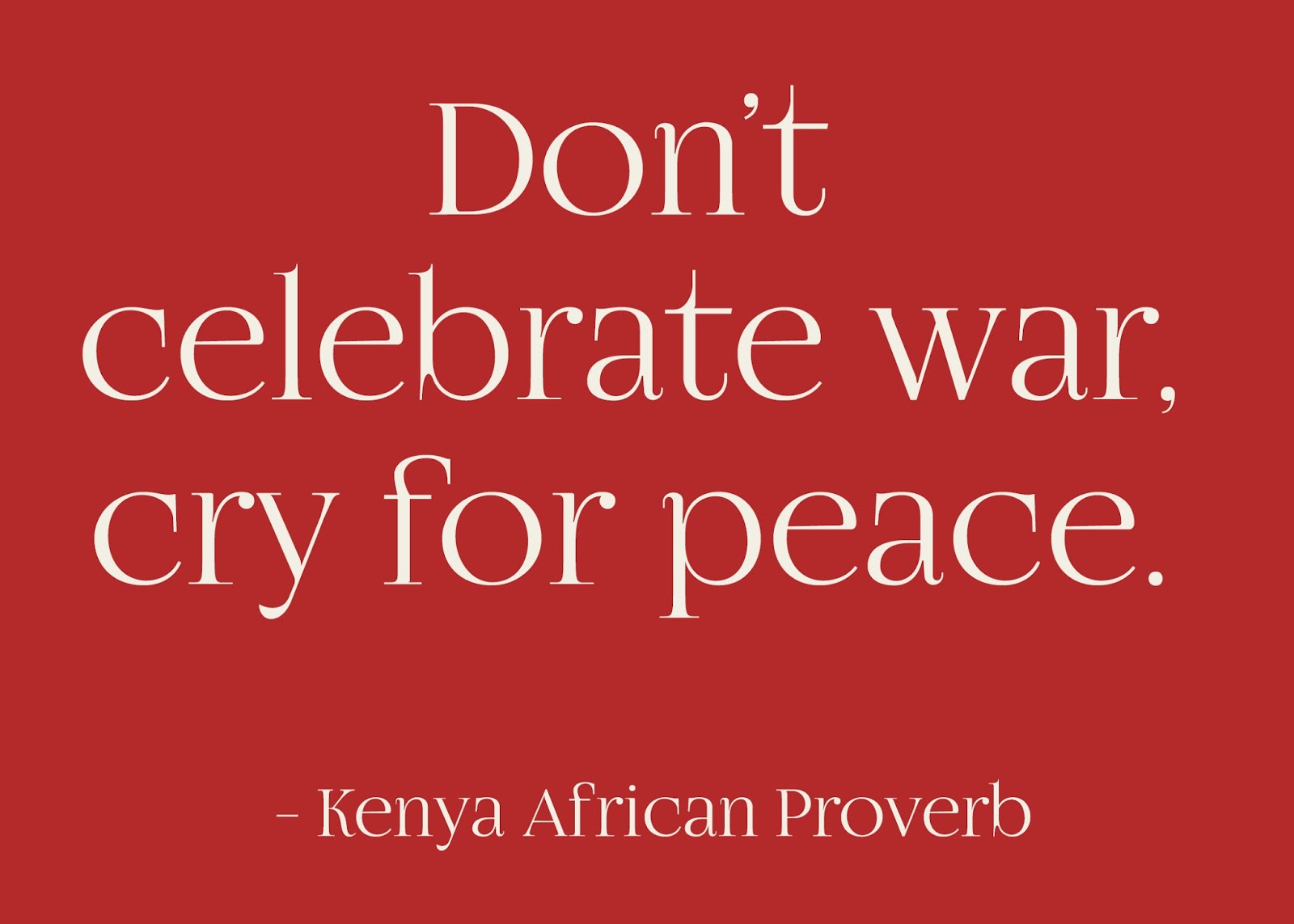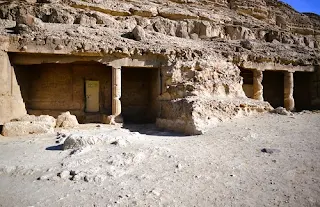Food, Drink Offerings at Rock-Cut Tombs
Loaves of bread, cakes, wine, water beer, oils, and perfumes were offerings Ancient Egyptians offered to the deceased at Beni Hasan Rock-Cut Tombs.
A rock-cut tomb is a type of burial structure that is created by carving or excavating directly into natural rock formations. Rock-cut tombs are literally carved or excavated out of solid rock. This means that the tomb chambers, corridors, and other features are created by removing the rock material from the surrounding natural formation. Many of these rock-cut tombs feature decorative elements, such as wall paintings, inscriptions, and carvings.
In the Beni Hasan Rock-Cut Tombs, the ancient Egyptians paid homage to their departed by presenting a variety of offerings. These included loaves of bread, cakes, wine, water, beer, oils, and perfumes. These offerings were a heartfelt gesture to honor and ensure the well-being of the deceased in the afterlife, reflecting the profound significance of their beliefs and funerary customs in ancient Egyptian culture.
Types of offerings Ancient Egyptians offered to the deceased as part of funerary rituals at Beni Hasan Rock-Cut Tombs.
The offerings of food, drink, and other goods placed in the Beni Hasan Rock-Cut Tombs were an integral part of the funerary rituals and beliefs of ancient Egypt during the Middle Kingdom period. These offerings were intended to sustain and provide for the deceased in the afterlife, ensuring their well-being and comfort. While the specific offerings could vary depending on the individual and the tomb, here are some common types of offerings found in ancient Egyptian tombs like those at Beni Hasan:
Loaves of bread and cakes were among the most common food offerings. They were often shaped into specific forms, sometimes resembling animals or symbols, and were believed to provide sustenance to the deceased. Offerings of meat, including poultry and fish, were also common. These offerings symbolized the abundance of food and the provision of sustenance in the afterlife. Various fruits and vegetables, such as dates, figs, grapes, onions, and lettuce, were placed in tombs as offerings. These offerings represented the bounty of the land and the continuity of life.
Containers filled with wine and beer, two staple beverages in ancient Egypt, were often included. These drinks symbolized refreshment and enjoyment in the afterlife. Clean, pure water was considered essential for the deceased's well-being. Vessels containing water were placed in tombs to quench the thirst of the deceased.
Fragrant oils and perfumes were used for purification and anointing rituals. They were thought to provide comfort and a pleasant aroma in the afterlife. Burning incense served a dual purpose: it purified the air in the tomb and created a fragrant atmosphere. Incense was often associated with religious rituals. Some tombs included garments, jewelry, and other personal items believed to clothe and adorn the deceased in the afterlife.
Various amulets and ritual objects with protective and magical properties were placed in tombs to safeguard the deceased and ensure a successful journey to the afterlife. Sometimes, miniature models of tools, furniture, and even boats were included in tombs. These items symbolized the tools and possessions needed in the afterlife.
Food, drink, and other goods were offered in the Beni Hasan Rock-Cut Tombs to sustain the deceased in the afterlife. These offerings were often depicted in wall paintings, serving as symbolic representations and practical items for the deceased.
Food and drink are well documented; however, specific prayers from Beni Hasan are not documented; ancient Egyptians often used invocations and spells in their religious practices. These texts, often found in funerary inscriptions, were intended to invoke divine protection and blessings for the deceased.
Beni Hasan's rock-cut tombs are historically momentous
Along the eastern bank of the Nile River, the archaeological site of Beni Hasan in modern-day Egypt stands; these tombs offer an invaluable glimpse into ancient Egypt's life, society, and customs during the Middle Kingdom period, specifically the 12th Dynasty around 1991 BC to 1802 BC.
Beni Hasan's rock-cut tombs are historically significant due to their association with regional rulers and high-ranking officials of the Middle Kingdom. These individuals held key administrative and economic positions in the area and were responsible for managing various aspects of governance. The tombs serve as a testament to the power and influence of these local leaders during this period.
The tombs at Beni Hasan are engineering marvels, with their elaborate construction carved directly into the limestone cliffs. They typically consist of multiple chambers, corridors, and burial shafts, showcasing the architectural expertise of ancient Egyptian craftsmen. The layout of these tombs reflects a belief in an afterlife and the importance of providing a comfortable resting place for the deceased.
The vivid and meticulously preserved wall paintings that adorn their interiors truly set the Beni Hasan tombs apart. These paintings offer a remarkable visual narrative of life during the Middle Kingdom. Scenes depicting agricultural activities, hunting expeditions, fishing, and religious rituals provide invaluable insights into the daily life and culture of the period. Additionally, depictions of foreigners visiting Egypt offer a window into the kingdom's interactions with neighboring regions.
Beni Hasan has been an archaeological exploration and research subject since the 19th century. Egyptologists and scholars have meticulously studied the inscriptions and wall paintings to decode the historical, cultural, and religious aspects of the Middle Kingdom. These studies have contributed significantly to understanding ancient Egypt's social structure, religious beliefs, and economic activities.
The wall paintings of Beni Hasan, meticulously preserved within the rock-cut tombs of this ancient Egyptian site, are captivating windows into the daily life and culture of the Middle Kingdom period. These vivid and detailed artworks, dating back over four thousand years, adorn the tomb interiors, providing a rich narrative of agricultural activities, hunting expeditions, fishing scenes, and religious rituals.
They showcase the society's deep connection with the Nile River and its fertile lands, emphasizing the importance of agriculture. Additionally, the wall paintings offer glimpses of interactions with foreign peoples, highlighting the kingdom's role as a trading hub. Beyond the mundane, these paintings reveal religious beliefs and funerary practices, underlining the Egyptians' profound reverence for the afterlife and their dedication to deities like Osiris.
Beni Hasan's wall paintings, with their exquisite detail and historical significance, stand as invaluable testaments to the enduring legacy of ancient Egypt and continue to inspire wonder and scholarly exploration.
Beni Hasan's rock-cut tombs are a remarkable testament to the enduring legacy of ancient Egypt's Middle Kingdom. These tombs, with their intricate architecture and vivid wall paintings, offer a unique opportunity to step back in time and gain insights into the lives, customs, and beliefs of a civilization that thrived along the banks of the Nile thousands of years ago. They serve as a bridge connecting the present with a distant past, making Beni Hasan a place of historical and cultural significance that continues to inspire and educate.
Continue your journey at the African Drink Lab — where Africa’s brews, wines, and rituals come alive.
































